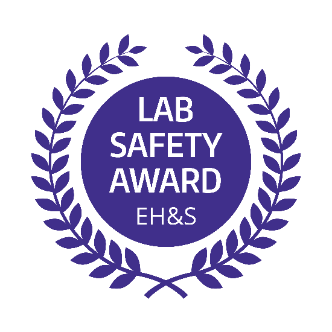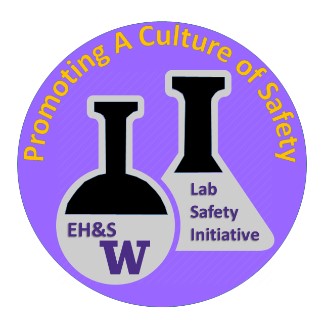Prevent accidents by reporting unsafe conditions
Have you seen someone trip and fall? Report it! Slips, trips and falls are leading causes of injury at the UW, but incidents often go unreported until after an injury occurs.
Have you seen someone trip and fall? Report it! Slips, trips and falls are leading causes of injury at the UW, but incidents often go unreported until after an injury occurs.
A Tacoma woman died from asphyxiation and her daughter-in-law is in critical condition after riding in a car with containers of dry ice. Even at normal room temperatures, dry ice will warm and release carbon dioxide gas, which can displace the oxygen inside a small, enclosed space.
Dry ice is commonly used in UW research. Its properties allow for rapid cooling of materials, but also pose unique worker safety hazards.
On June 1, 2018, a UW employee was releasing chains holding a 20-foot shipping container on a trailer when the cheater bar on the lever load binder sprang loose with excessive force. The employee received a minor head injury.

Lead is a neurotoxin that accumulates in the body and damages the nervous system and causes blood disorders. Faculty, staff and students using metallic lead in a lab, shop or other workspace could be at risk for toxic lead exposure.
All quantities of metallic lead (e.g., metallic lead like bricks, buoy weights, window weights, lead sheeting, or solder) must be recorded in MyChem. MyChem is the UW’s chemical inventory management system and helps maintain our compliance with environmental and occupational health requirements.
A bat found near Husky Stadium was confirmed to have rabies, a central nervous system viral disease carried in the saliva of an infected animal that can be lethal if transmitted to humans. We are reminding students, staff and faculty to avoid coming into contact with bats, on campus or elsewhere, to avoid potential exposure to rabies.
Lithium batteries have become the industry standard rechargeable storage device. They are common to University operations and used in many research applications. Lithium-ion battery fires and accidents are on the rise; however, the risk can be mitigated.
EH&S recommends faculty, staff and students take precautions to help prevent fire, injury and loss of intellectual and other property. The following best practices may help reduce the possibility of a reaction, fire or explosion when handling, charging, storing or disposing of lithium-ion batteries:
Laboratory Safety and Compliance is now Laboratory Safety Compliance AND Laboratory Safety Practices!
In response to attendee suggestions, the Laboratory Safety and Compliance course has been revised and split into two easily-accessible parts: An online and a classroom training.
EH&S celebrated the nomination of our Laboratory Safety team for a Distinguished Staff Award at a reception on February 27, 2018. They were honored to be among 16 teams and 67 individuals across the University nominated for this award.
The reality is that the clock is ticking … your time is valuable and you’re on deadline, but you don’t have time to not manage safety in your lab. PIs and Lab Managers who avoid taking the time up-front to implement safe work practices often spend valuable time managing lab safety after an incident occurs.
When it comes to lab safety, you don’t have time to not mitigate hazards.

